Your Cart is Empty
FAST & FREE SHIPPING ON ALL ORDERS OVER $50 | FREE 2 DAY SHIPPING AVAILABLE ON THOUSANDS OF ITEMS!
Menu
-
- About Us
- Fly Rods
- Fly Reels
- Fly Lines
- Flies
- Wading Gear
- Bags, Packs & Vests
- Accessories
- Clothing
- Hunting
- Outdoor Brands
- Traeger
- Guide Service
-
- 866.275.2810
- Login
- USD

0
Your Cart is Empty
-
- About Us
- Fly Rods
- Fly Reels
- Fly Lines
- Flies
- Wading Gear
- Bags, Packs & Vests
- Accessories
- Clothing
- Hunting
- Outdoor Brands
- Traeger
- Guide Service
-
- 866.275.2810
- Login
- USD
FAST & FREE SHIPPING ON ALL ORDERS OVER $50 | FREE 2 DAY SHIPPING AVAILABLE ON THOUSANDS OF ITEMS!





